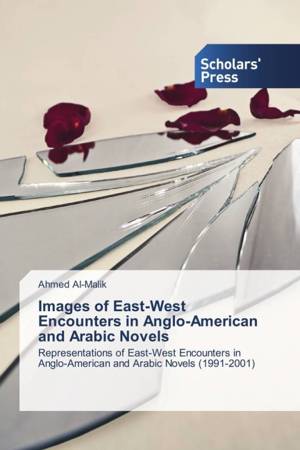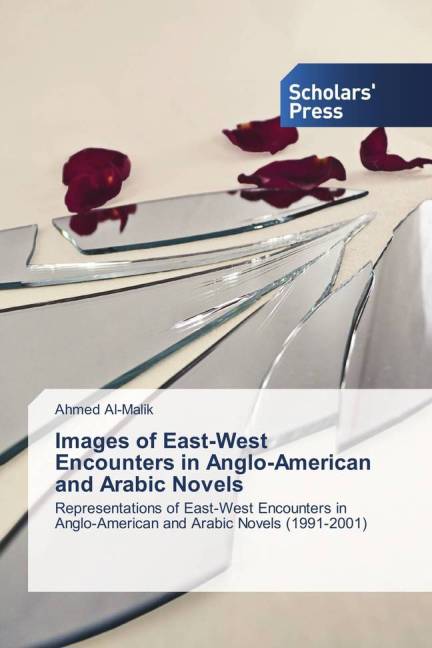
- Afhalen na 1 uur in een winkel met voorraad
- Gratis thuislevering in België vanaf € 30
- Ruim aanbod met 7 miljoen producten
- Afhalen na 1 uur in een winkel met voorraad
- Gratis thuislevering in België vanaf € 30
- Ruim aanbod met 7 miljoen producten
Zoeken
Images of East-West Encounters in Anglo-American and Arabic Novels
Representations of East-West Encounters in Anglo-American and Arabic Novels (1991-2001)
Ahmed Al-Malik
Paperback | Engels
€ 67,45
+ 134 punten
Omschrijving
The Second Gulf War (1990-1991) brought about huge transformations in the relationships between the Western and Arab world. The invasion of Kuwait in August 1990 and deployment of American-led Western troops in Saudi Arabia brought the Arab world to the top of the Western agenda. The presence of mostly non-Muslim Western troops in Saudi Arabia, which is home to the holy sites of Islamic people, triggered mixed reactions among Arab people and polarised their relationships with the West. These developments left a huge impact on literature and the shaping of the imagery of the Other in fiction. This book began as an attempt to study the impact of the Second Gulf War on the depiction the Image of the Other. The research rests on conducting an analysis of how the West-Arab encounters are being perceived in Anglo-American and Arabic fiction (1991-2001).The study considers six fictional works from the Anglo-American and Arab worlds.
Specificaties
Betrokkenen
- Auteur(s):
- Uitgeverij:
Inhoud
- Aantal bladzijden:
- 268
- Taal:
- Engels
Eigenschappen
- Productcode (EAN):
- 9783639863918
- Verschijningsdatum:
- 22/01/2016
- Uitvoering:
- Paperback
- Afmetingen:
- 150 mm x 220 mm
- Gewicht:
- 418 g

Alleen bij Standaard Boekhandel
+ 134 punten op je klantenkaart van Standaard Boekhandel
Beoordelingen
We publiceren alleen reviews die voldoen aan de voorwaarden voor reviews. Bekijk onze voorwaarden voor reviews.








